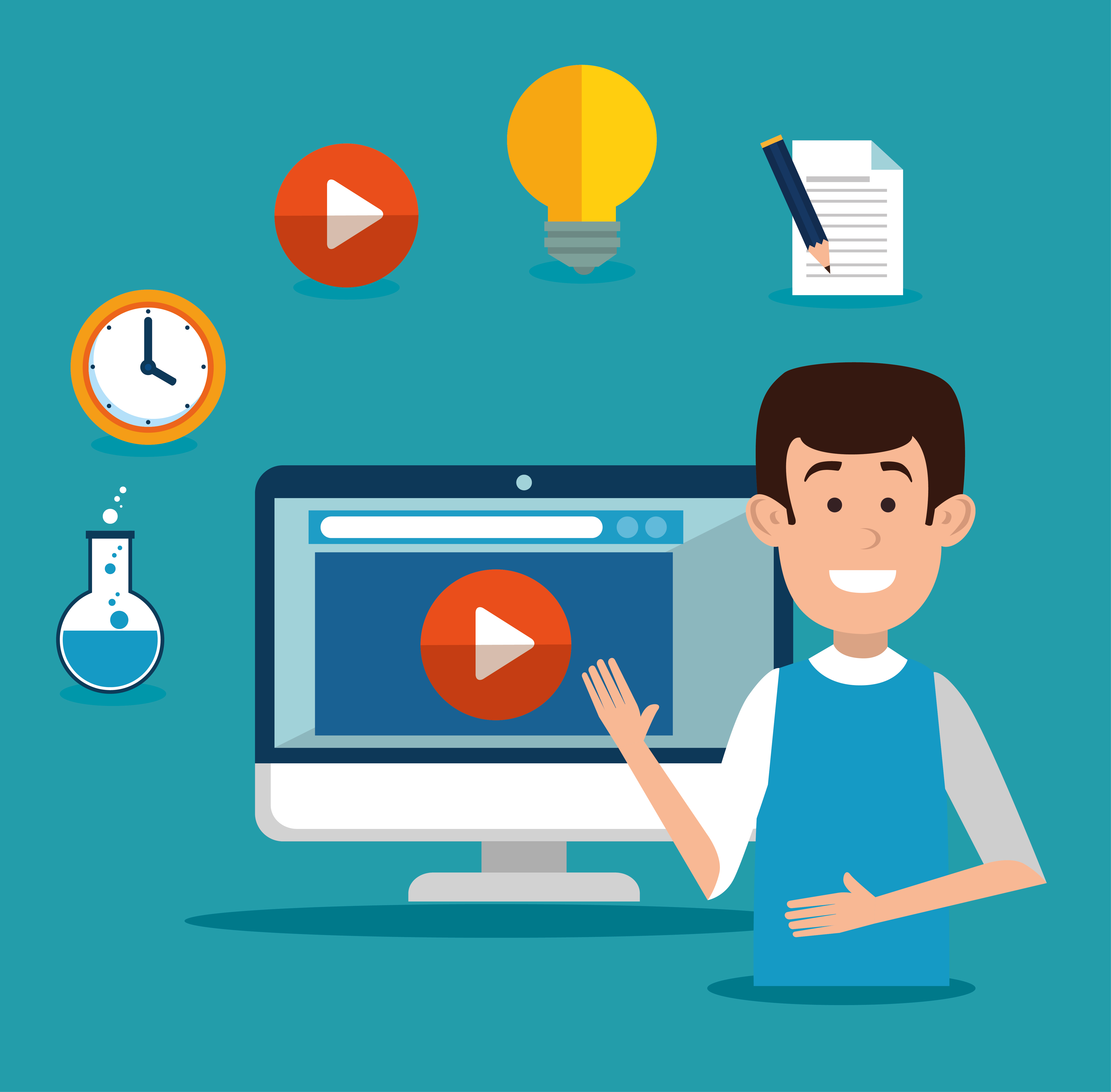The virtual world
The digital world. Doesn’t it sound familiar to you? Of course! This innovative era is becoming a very extended practice and it won’t stop spreading. There are even virtual implications for learning, such as the case of e-Learning.
Problems
However, this practice increases the possibility of an unequal digital inclusion. This happens, most of the times, with poor people and the elderly because they cannot easily access to hardwares.
Adult learners
In the case of the adults, the actual lack of the hardware results in the lack of Information Technology (IT) skills. Whether to own a device or to join a specific course on IT skills, it is advisable to understand why adults resist engaging with our digital world.
Digital inclusion pathway (proposed by Reder)
Professor Steve Reder of Portland State Univiersity proposes a four-stage pathway to virtual inclusion:
- First stage: Digital Access. This happens when someone has never used a computer.
- Second stage: Digital Taste. Once individuals have access to a computer, they need to decide if they really want to use it and for what purpose.
- Third stage: Digital Readiness. At this stage, people have to learn how to use computers. Once they’ll be used to them, the experience will be way more successful.
- Final stage: Digital Literacy. People who are at this stage master the necessary skills to be able to do what they need to. In this way, they also need to develop their proficiency.
Barriers
Nonetheless, there are also barriers in each stage: in Digital Access, they would be represented by the lack of hardware; in Digital Taste, by the lack of confidence, perceived relevance or desire to use the device; in Digital Readiness, by the lack of basic IT skills; and in Digital Literacy, by the constant ways in which technology develops and new features are introduced.
Tips for inclusion programmes
So, how would you design an inclusion program? Well, first, you would need to think about the adult’s motivation to learn and to let them understand and discover how technology could improve their quality of life.
This is a summary of the article available in the EPALE website. If you are interested in reading the full article, click on this link: https://ec.europa.eu/epale/en/blog/digital-inclusion-pathway





